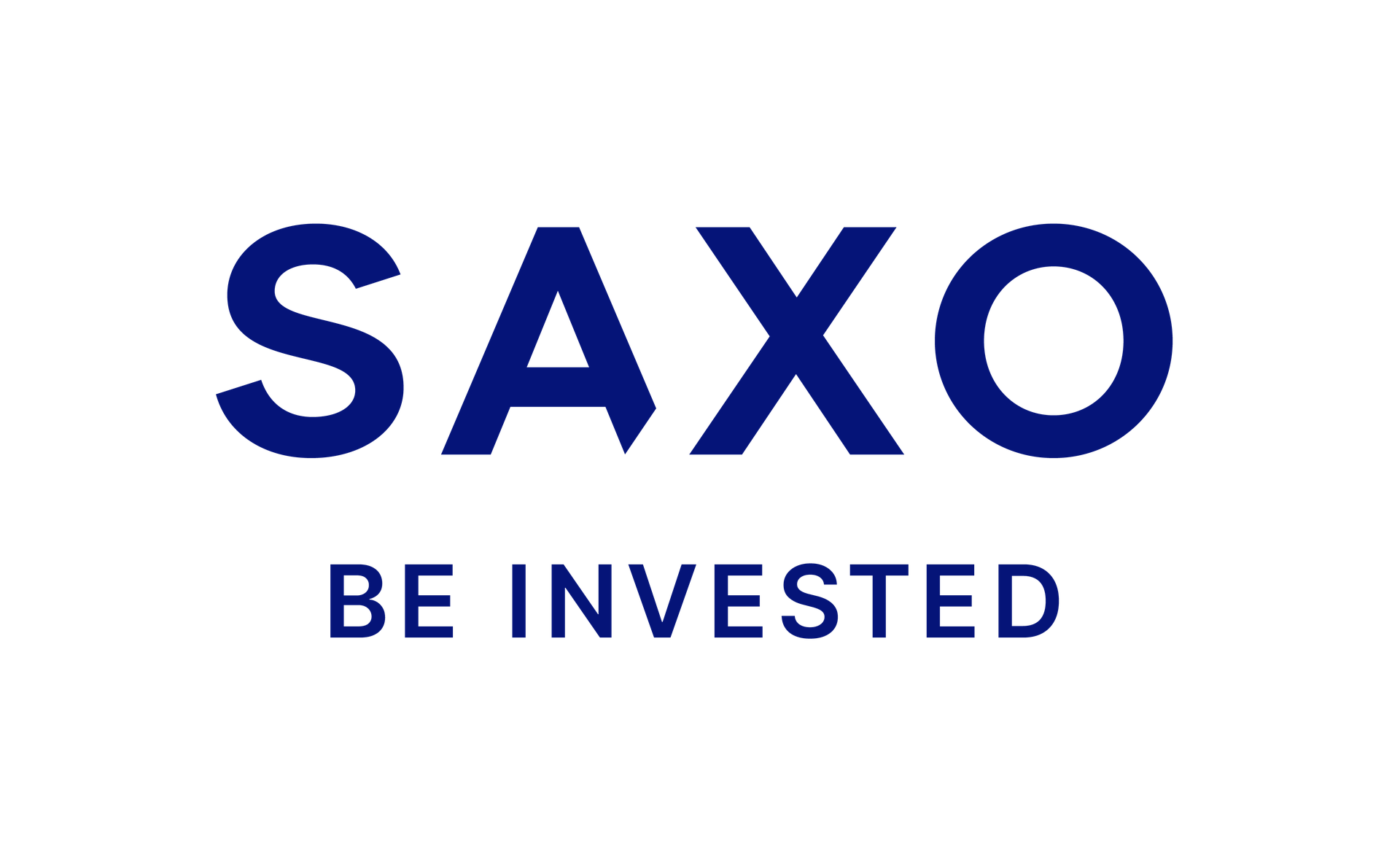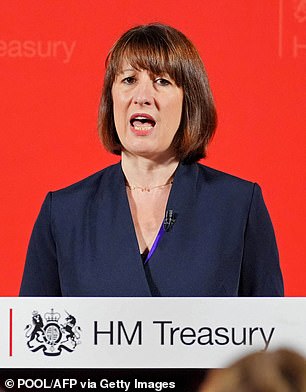Table of Contents
Angst: Chancellor Rachel Reeves
Why is the pound rising on foreign markets when the UK’s economic situation is so dire?
Why is the FTSE 100 index on the verge of its all-time high? Why are consumers so confident now that the Bank of England reported a sharp rise in borrowing in July?
Let’s focus on the pound, because the stock market boom can be explained as part of the global rise in prices, and the rise in consumption can be rationalised as rising real wages as inflation falls.
We have a current account deficit of about 3.3 percent of GDP, which means – since the balance of payments has to be balanced – that there is a capital account surplus of that amount.
So foreigners must be investing enough in Britain to push the pound higher. How does that square with the relentless pessimism of Sir Keir Starmer and Rachel Reeves?
The short answer is: foreign investors do not have to pay tax in the UK. It is not the men and women in New York, Zurich or Dubai who are going to be hit in the budget on 30 October, and why should they care what happens to us?
They are assessing the likely return on a UK investment compared to other opportunities and conclude (here’s the long answer) that, for a number of reasons, sterling-denominated assets look attractive.
For starters, the pound is undervalued. One criterion for measuring the underlying value of a currency is its purchasing power parity, or the exchange rate that allows the same set of goods and services to be bought in different countries at the same price.
Some currencies stay above or below this rate for many years. The Swiss franc has long been trading at a much higher level, as it is a safe haven for savings in difficult times. Turkey has had a rough period, so the lira is well below. If you want a cheap holiday, go to Turkey, not Switzerland.
But it is a useful measure, and according to the OECD, the pound/dollar parity is $1.44. I would settle for $1.50, roughly the midpoint of the range this century, as the pound was above $2 in 2007 and below $1.10 in October 2022.
At $1.32, it should have a long way to go. As for the exchange rate against the euro, at €1.19, it is near the top of its five-year range, but well below the peak of €1.40 reached in 2015. It was trading around €1.25 on the eve of the Brexit vote in 2016, so, as with the dollar, there is upside potential.
Secondly, and beyond the monetary aspect, UK assets appear to be reasonably priced for foreign buyers. Flats in posh areas of London, such as Kensington, may seem outrageously expensive to most Britons, but they are at least 20% cheaper in cash terms than they were in 2017.
Houses in these areas are cheaper than they were in 2014. Stocks, even at near-record levels, also look cheap. The Footsie index’s price-to-earnings ratio of 13 is well below the S&P 500’s price-to-earnings ratio of about 30.
Third, British government bonds offer high returns for a mature economy: the yield on ten-year government bonds is 4%, compared with 3.85% for US Treasury bonds, 2.25% for German bonds and 3% for French bonds.
This is despite the fact that the UK’s fiscal deficit is smaller relative to GDP than that of the US and France, though larger than that of Germany.
By the way, the yield on 10-year government bonds is much higher than it was before Rachel Reeves made that speech about a £22bn black hole at the end of July. It’s not very clever to say that your finances are even worse off than you thought if you want to borrow more money.
Finally, a general observation: it seems likely that UK growth this year, while slower than that of the US, will be somewhat faster than that of most other developed countries.
That makes all those gloomy official forecasts about the economy look simply stupid. So it makes sense for investors to put some money into Britain – as long as they don’t have to pay our taxes – and that’s pushing up the pound. I expect the pound to rise even further in the coming months.
DIY INVESTMENT PLATFORMS

AJ Bell

AJ Bell
Easy investment and ready-to-use portfolios

Hargreaves Lansdown

Hargreaves Lansdown
Free investment ideas and fund trading

interactive investor

interactive investor
Flat rate investing from £4.99 per month

Saxo

Saxo
Get £200 back in trading commissions

Trade 212

Trade 212
Free treatment and no commissions per account
Affiliate links: If you purchase a product This is Money may earn a commission. These offers are chosen by our editorial team as we believe they are worth highlighting. This does not affect our editorial independence.

